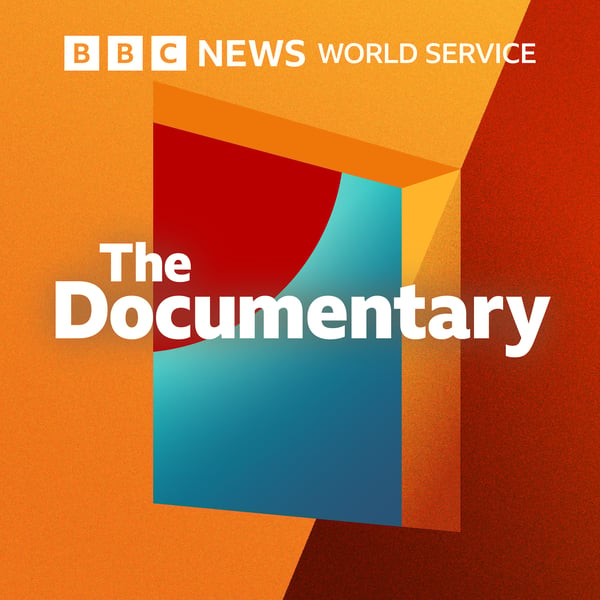Assignment: Syria - return to ruins
The Documentary Podcast
BBC
4.3 • 2.6K Ratings
🗓️ 13 May 2025
⏱️ 28 minutes
🧾️ Download transcript
Summary
Thirteen million Syrians - half the population - left their homes during their country's 13-year civil war. Seven million were internally displaced. Six million fled abroad. Bringing them home is perhaps the biggest challenge facing Syria's new rulers. But many can’t return, because their homes are in ruins, and jobs and essential services are lacking. Tim Whewell follows a variety of returnees back to Homs, Syria’s third city, which saw some of the worst destruction of the war. A private charity organises convoys of families wanting to return from camps in the north of the country. But once returnees like Fatima Hazzoura get back, they're left to cope on their own. Some who came back earlier have managed to repair their homes. But others find their houses are just empty, burnt-out shells. Meanwhile, some in Homs who stayed throughout the war - members of the Alawite minority, whose neighbourhoods remained intact - are thinking of leaving now, fearful that the new government of former Islamist rebels will not protect them. And Homs people who made new lives abroad are hesitant to return permanently while the situation is so unstable, and the economy still crippled by international sanctions. Can the fabric of an ancient and diverse city be rebuilt? Tim finds grief and fear among the ruins - but also laughter, and flashes of Homs's famous humour.
Transcript
Click on a timestamp to play from that location
| 0:00.0 | Thanks for downloading the documentary podcast from the BBC World Service. |
| 0:04.1 | I'm Tim Hewell, and in this edition of assignment, I'm going back to Homs in Syria. |
| 0:09.2 | I was last there 13 years ago in 2012, when rebels of the Free Syrian Army were fighting government forces for control of the city centre. |
| 0:18.3 | We could hear gunfire and exploding mortar shells all around. Syria was almost |
| 0:23.3 | always in the news then. Now that the civil war has finally ended, we don't hear much about |
| 0:28.2 | what's happening in those former battlegrounds. But it's now that Homs somehow has to be |
| 0:33.9 | rebuilt and repopulated. it will be a huge task. |
| 0:43.1 | This is an amazing sight. |
| 0:46.0 | So there's a convoy, as far back as the eye can see along the road, |
| 0:50.9 | we're in the centre of Homs, |
| 0:53.0 | and this is a convoy bringing back a hundred |
| 0:55.8 | families, displaced people from camps in the north of Syria, back here to their home city |
| 1:03.5 | after years away. So they're being greeted here in the centre of the city. There are many |
| 1:10.6 | traditional costume, leather boots, black and white, caps, silk, embroidered shirts, |
| 1:18.3 | because they're about to get off the buses. |
| 1:20.3 | And next to the buses is another line of trucks carrying all the people's belongings piled high with mattresses, carpets, beds. |
| 1:34.8 | Syria, five months after the fall of the Assad regime, after a civil war which began in 2011, |
| 1:41.9 | which forced half the population to move. |
| 1:45.1 | Six million fled abroad, seven million within Syria. |
| 1:49.1 | Bringing them back is perhaps the country's biggest challenge. |
| 1:53.4 | I'm Tim Hewell, and for assignment here on the BBC World Service, |
| 1:57.5 | I've come to Homs, Syria's third city, |
... |
Please login to see the full transcript.
Disclaimer: The podcast and artwork embedded on this page are from BBC, and are the property of its owner and not affiliated with or endorsed by Tapesearch.
Generated transcripts are the property of BBC and are distributed freely under the Fair Use doctrine. Transcripts generated by Tapesearch are not guaranteed to be accurate.
Copyright © Tapesearch 2025.

